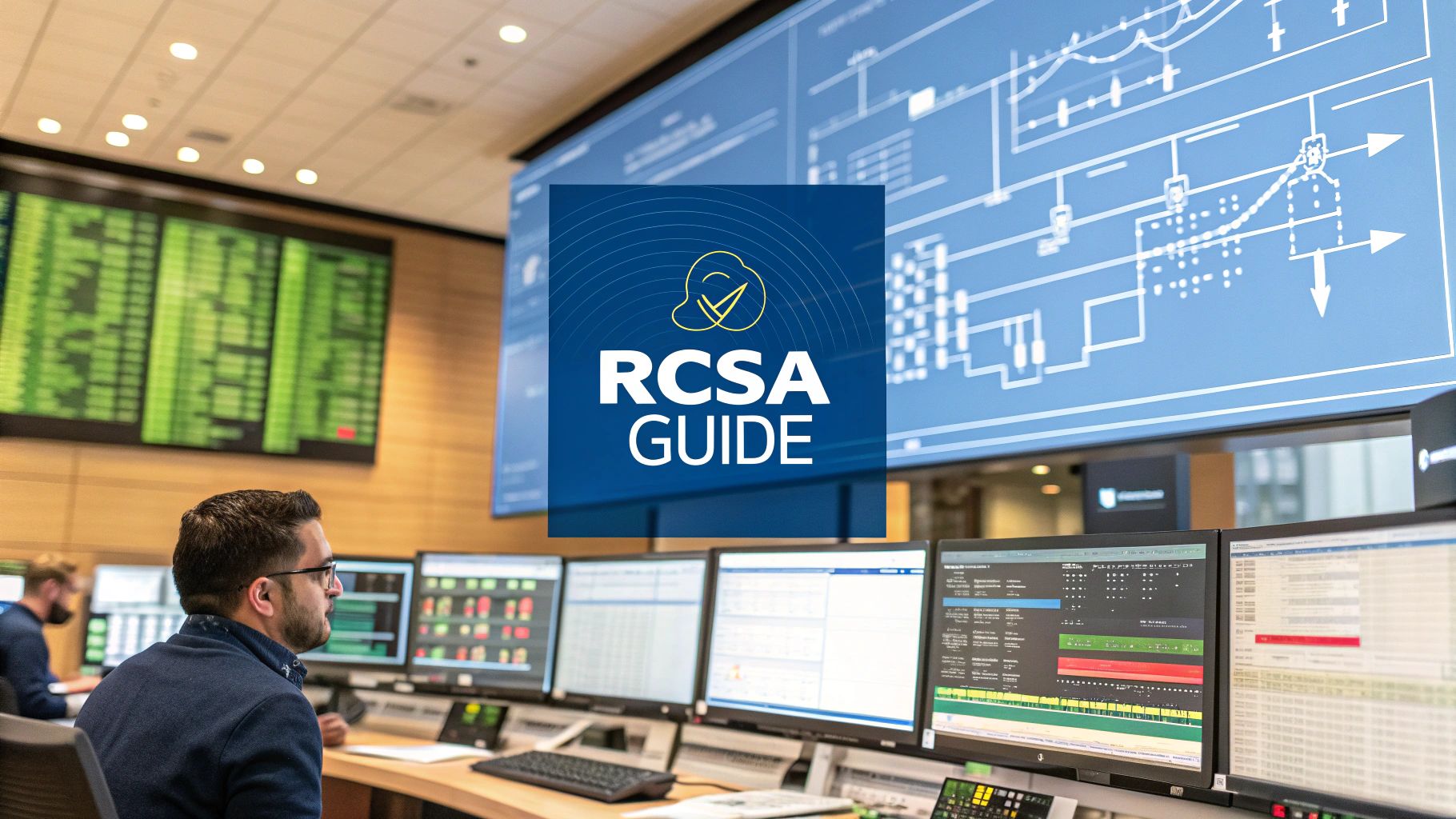FDIC Announces Increased Focus on Lenders’ Commercial Real Estate Loans
BanksEstimated reading time: 2 minutes
The Federal Deposit Insurance Corp. (FDIC) announced last week that its next test cycle will expand scrutiny old bank-held commercial real estate loans. In a report revealing the increased focus, the FDIC cited macroeconomic volatility as a major factor in its decision. The regulator has reportedly become more concerned about banks’ exposure to commercial real estate loan risk, as high inflation, rising interest rates, and supply chain challenges continue to threaten the nation’s economic health.
According to the agency, real estate is now the largest loan type for nearly half of all banking portfolios. In just the last 13 years, the amount of bank-held real estate debt has swelled from just under $2 trillion to $2.7 trillion. The FDIC is apparently concerned that the continuing pandemic and ongoing economic uncertainty could increase the risk associated with those loans.
At the same time, however, the regulator seemed to dismiss any notion that the high concentration of CRE lending is, in itself, a problem:
“The majority of banks with CRE loan concentrations are satisfactorily rated. Nevertheless, CRE loan concentrations add dimensions of risk that necessitate continued attention from banks and their regulators, especially as the pandemic lingers and uncertainties remain.”
FDIC examiners have reportedly identified several areas of concern when it commercially comes to CRE loans, including deficiencies in risk analysis. The planned increase in scrutiny will include additional testing and examination of banks’ lending performance and risk assessment processes during the current pandemic.
Similar Articles

Brian's Banking Blog
A Guide to Commercial Real Estate Lending

Brian's Banking Blog
A New Playbook for the Modern Bank Audit
![7 Sources for a Comprehensive Banks in Florida List [2025]](https://cdn.outrank.so/a3158354-b714-419c-ba0c-19c8bfd04278/featured-image-44823e69-a8fd-47d4-ae5c-87450e0b2fb0.jpg)
Brian's Banking Blog
7 Sources for a Comprehensive Banks in Florida List [2025]

Brian's Banking Blog
Loan to Deposit Ratio Definition: A Strategic Guide for Bank Executives

Brian's Banking Blog
Optimizing Net Interest Income for Bank Profitability

Brian's Banking Blog
Top Internal Audit Best Practices for Banking Leaders in 2025

Brian's Banking Blog
What Is Strategic Risk Management for Banks?

Brian's Banking Blog
Mastering the Non Performing Loans Ratio for Strategic Advantage

Brian's Banking Blog
A Bank Executive's Guide to Regulatory Agencies

Brian's Banking Blog